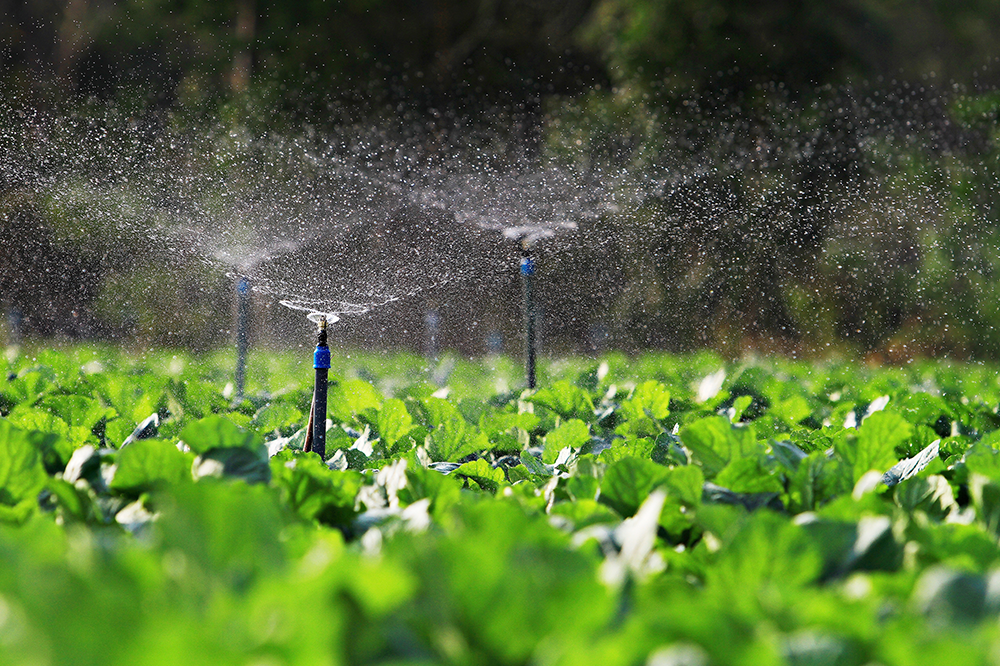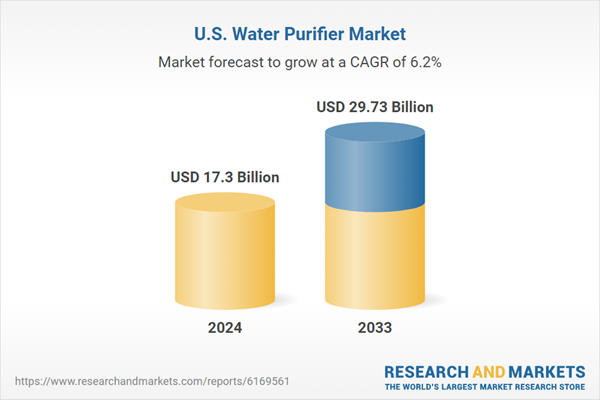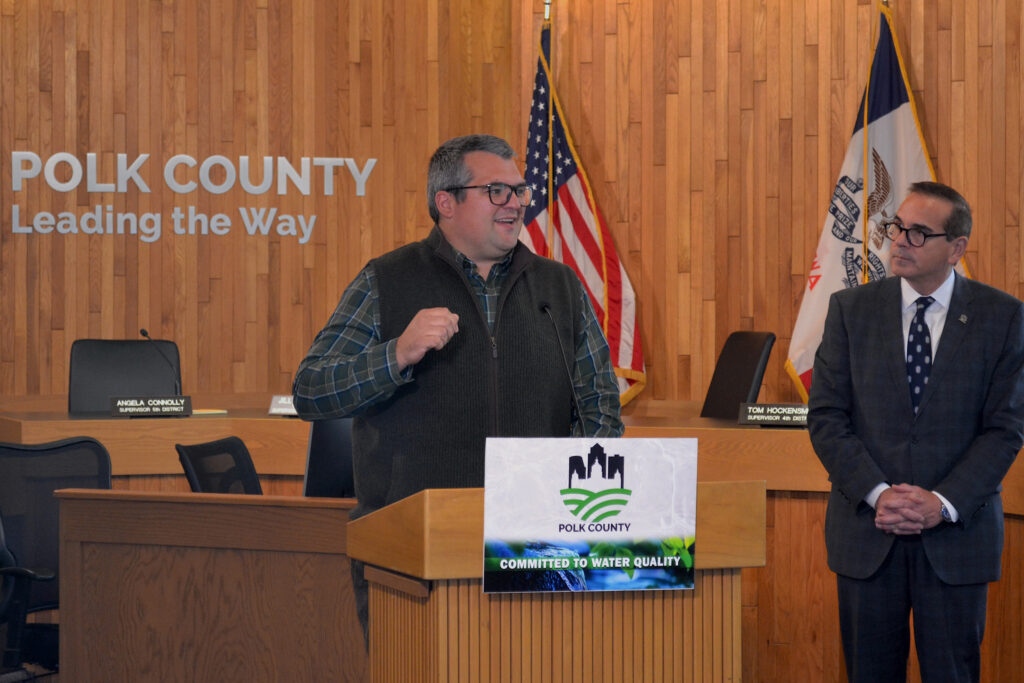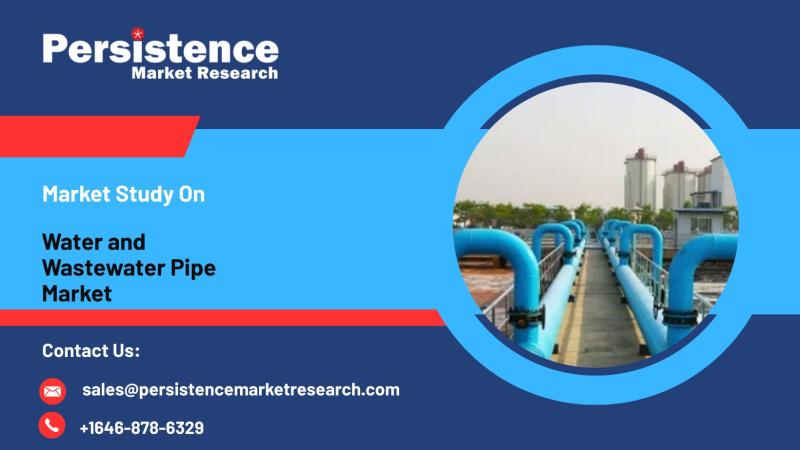Global Agricultural Water Consumption and its Impact on Sustainable Development Goals
Key Findings on Water Footprint (2010-2020)
- Total annual water consumption for crop cultivation has reached 6.8 trillion cubic meters, comprising 5.6 trillion m³ of green water and 1.2 trillion m³ of blue water.
- Between 2010 and 2020, overall crop water consumption increased by 9% across 46 agricultural crops.
- The primary crops contributing to this water footprint are rice, maize, wheat, soybeans, and palm oil.
- Geographically, the highest rates of water consumption are concentrated in Asia, the Americas, and Africa.
Implications for SDG 2 (Zero Hunger) and SDG 6 (Clean Water and Sanitation)
- The escalating blue water footprint places intense pressure on critical, water-stressed river basins such as the Indus, Ganges, and Yellow rivers, directly threatening the water and food security (SDG 2, SDG 6) for hundreds of millions of people.
- Research indicates a future of increased competition for limited water resources between agriculture and other sectors, heightening risks to global food security.
- The study underscores an urgent need for sustainable water-management practices to support both rain-fed and irrigated agriculture, which is fundamental to achieving Zero Hunger (SDG 2).
Drivers of Increased Water Consumption and Links to SDG 15 (Life on Land)
- The 9% increase in the total crop water footprint is primarily driven by the expansion of harvested areas for crops like maize, soybeans, and sugarcane, fueled by global demand for food, animal feed, and biofuels.
- This agricultural expansion is a significant driver of deforestation, particularly in the global south, which directly conflicts with the objectives of SDG 15 (Life on Land).
- Agricultural intensification, including increased nutrient application and multiple cropping practices, is also a major contributing factor to rising water consumption.
Strategic Recommendations for Achieving SDG 12 (Responsible Consumption and Production)
- Improve Water Use Efficiency: Implement strategies to produce more food with less water, often termed the ‘more crop per drop’ approach, to promote sustainable production patterns (SDG 12).
- Cultivate Appropriate Crops: Encourage the cultivation of less water-demanding crops, especially in river basins already experiencing significant water stress.
- Promote Sustainable Diets: Support a shift towards more plant-based diets among affluent populations to reduce the resource intensity of food consumption.
- Reduce Food Waste: Minimize food losses and waste across the entire supply chain, a key target of SDG 12, to alleviate pressure on water and land resources.
Future Outlook and Corporate Responsibility
- Modeling limitations highlight a critical need for improved transparency in water footprint calculations.
- Corporate accounting for water use must be enhanced to align with principles of Responsible Consumption and Production (SDG 12).
- Businesses must provide full transparency to investors regarding their exposure to water-related risks to foster sustainable and resilient economic models.
Analysis of Sustainable Development Goals (SDGs) in the Article
1. Relevant Sustainable Development Goals (SDGs)
-
SDG 2: Zero Hunger
- The article directly addresses food security, noting that competition for water “puts food security at increased risk.” It discusses the need to support agriculture to meet “global food demand” and highlights methods like producing “more food with less water” to ensure sustainable food production.
-
SDG 6: Clean Water and Sanitation
- The core theme is water management. The article focuses on the “growing demand for water resources in agriculture,” the pressure on “water-stressed river basins,” and explicitly calls for “sustainable water-management practices.”
-
SDG 12: Responsible Consumption and Production
- The article proposes solutions that align with this goal, such as the “shift to more plant-based diets among affluent populations” and the “reduction of food losses and waste along the supply chain.” It also calls for improved “corporate accounting for water use,” which relates to sustainable production patterns.
-
SDG 15: Life on Land
- The article connects increased water consumption in agriculture to land use, stating that the “expansion of harvested area… has also led to deforestation, especially in the global south.” This directly links agricultural practices to the health of terrestrial ecosystems.
2. Specific SDG Targets Identified
-
Target 2.4: Sustainable food production systems
- The article’s emphasis on “sustainable water-management practices to support both rain-fed and irrigated agriculture” and the concept of producing “‘more crop per drop'” directly relate to implementing resilient and sustainable agricultural practices to ensure food production.
-
Target 6.4: Increase water-use efficiency and address water scarcity
- This target is central to the article. The discussion on the “9% increase” in crop water consumption, the pressure on “water-stressed river basins,” and the proposed solution to produce “more food with less water” all point to the need to improve water-use efficiency in agriculture to mitigate scarcity.
-
Target 12.2: Sustainable management and efficient use of natural resources
- The article’s entire focus on the 6.8 trillion m3 of water consumed annually for crops is a call for more efficient use of this critical natural resource. The call for improved “corporate accounting for water use” also supports the sustainable management aspect of this target.
-
Target 12.3: Halve global food waste and reduce food losses
- The article explicitly lists the “reduction of food losses and waste along the supply chain” as one of the key opportunities to limit water consumption, directly aligning with this target.
-
Target 15.2: Halt deforestation
- The article identifies that the “expansion of harvested area” to grow more crops is a driver for increased water consumption and “has also led to deforestation.” This establishes a clear link between agricultural water use and the pressure on forests.
3. Indicators for Measuring Progress
-
Indicator related to SDG 6.4 (Water-use efficiency and water stress)
- The article provides direct data points that can serve as indicators. The statistics on “5.6 trillion m3 of green water and 1.2 trillion m3 of blue water” consumed annually and the “9% increase” in crop water consumption between 2010 and 2020 are quantitative measures of water use in agriculture. The mention of “water-stressed river basins like the Indus, Ganges or Yellow” implies the relevance of measuring the level of water stress.
-
Indicator related to SDG 12.3 (Food loss and waste)
- While no specific data is given, the article’s recommendation to reduce “food losses and waste along the supply chain” implies that measuring the amount of food lost or wasted is a necessary indicator to track progress on this solution.
-
Indicator related to SDG 15.2 (Deforestation)
- The article implies the use of indicators for deforestation by stating that the “expansion of harvested area… has also led to deforestation.” Progress would be measured by tracking the rate of deforestation linked to agricultural expansion.
Summary Table of SDGs, Targets, and Indicators
| SDGs | Targets | Indicators (Mentioned or Implied in the Article) |
|---|---|---|
| SDG 2: Zero Hunger | 2.4: By 2030, ensure sustainable food production systems and implement resilient agricultural practices. | Implied: Efficiency of water use in agriculture (‘more crop per drop’). |
| SDG 6: Clean Water and Sanitation | 6.4: By 2030, substantially increase water-use efficiency across all sectors and ensure sustainable withdrawals to address water scarcity. | Mentioned: Total volume of blue and green water consumed by agriculture (6.8 trillion m3). Mentioned: Percentage increase in crop water consumption (9% from 2010-2020). Implied: Level of water stress in key river basins (Indus, Ganges, Yellow). |
| SDG 12: Responsible Consumption and Production | 12.2: By 2030, achieve the sustainable management and efficient use of natural resources.
12.3: By 2030, halve per capita global food waste and reduce food losses. |
Implied: Corporate water use accounting and transparency.
Implied: Amount of food loss and waste along the supply chain. |
| SDG 15: Life on Land | 15.2: By 2020, promote the implementation of sustainable management of all types of forests, halt deforestation, and restore degraded forests. | Implied: Rate of deforestation caused by the expansion of harvested area for agriculture. |
Source: foodservicefootprint.com







